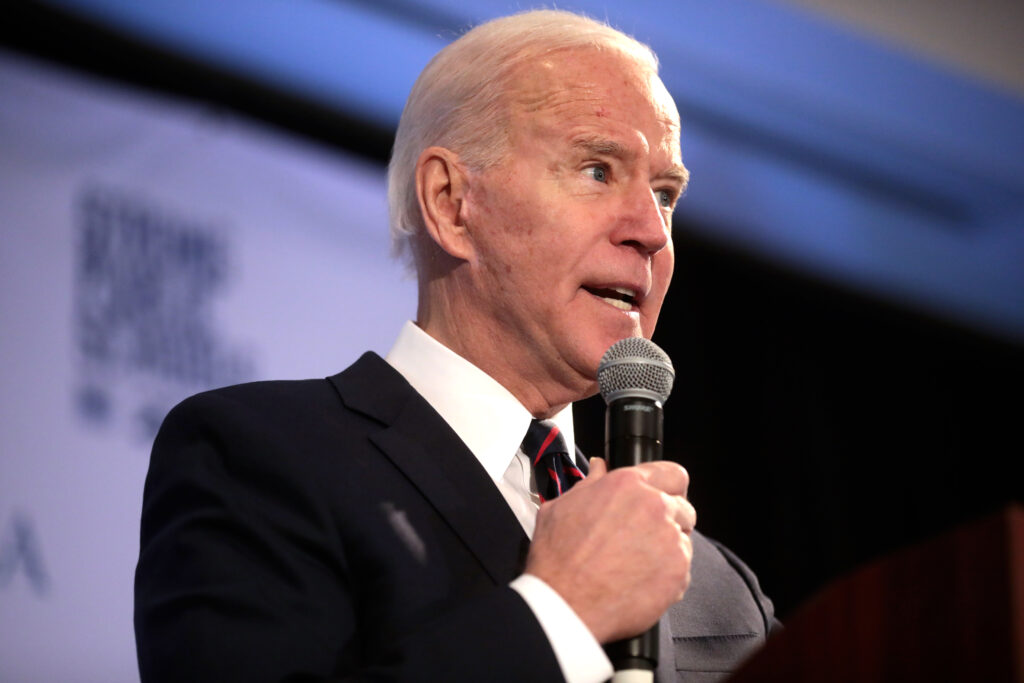Reforming the U.S. health care system is always a matter of evolution, not revolution.
Remember Medical Savings Accounts (MSAs)? For the last five years, they stumbled along slowly in a flawed federal pilot program. Meanwhile, more conventional managed health care practices that relied on top-down controls over access to care hit an unyielding wall of soaring costs, expanded liability risks, political opposition, and consumer discontent.
Second Time Around
Belatedly, MSA-like insurance options that empower individual workers to control more of their own health care are getting a second look by employers.
Congress first launched limited opportunities to open tax-advantaged MSAs as part of the 1996 Health Insurance Portability and Accountability Act (HIPAA). Eligible individuals who purchased qualified catastrophic health insurance coverage also could direct tax-deductible contributions to accompanying savings accounts set up to handle other health care expenses.
The pilot MSAs neither met the ambitious goals of their boosters nor justified the exaggerated fears of their opponents. HIPAA rules restricted eligibility for MSAs to employees of small firms and the self-employed. They imposed unnecessary complexity, created a number of design problems, and discouraged many health insurers from entering the MSA market.
Approximately 100,000 individuals have set up MSA health coverage. At least 25 percent of those were previously uninsured.
Pilot Program Spurs Change
Powerful factors are now at work moving health insurance away from third-party decision-making (by employers, insurers, and government) and toward more consumer-driven alternatives that look quite similar to MSAs. Among the factors driving the new health care environment:
- Health insurance premiums are rising again at annual double-digit percentage rates.
- The managed care backlash has weakened the effectiveness and legitimacy of third-party constraints on health care spending.
- Congress remains poised to use patients’ bill of rights legislation to increase employers’ health benefits bills by increasing their liability for bad medical outcomes.
- Looser labor markets mean employers will have an easier time attracting employees, even if they offer less-comprehensive insurance coverage and expect greater cost-sharing by employees.
- Wider availability of information technology tools and e-commerce intermediaries is decentralizing health care decision-making.
- Financial services and health benefits products are converging to reshape time horizons for consumption-versus-investment tradeoffs.
Premium Inflation
The sticker shock of rising premiums provides the strongest force for change. Premiums for employer health benefit plans increased an average of 11 percent this year, the largest increase since 1992, according to the Health Research and Educational Trust. Several benefits firms predict further hikes of 12 percent or more next year.
In the short run, employers competing for scarce skilled labor have swallowed higher health care bills and preserved the illusion of comprehensive, prepaid health care “for free.” However, the current economic downturn will drive firms to redefine the extent of their obligations to workers—by capping total health benefits contributions, increasing employee cost-sharing, and empowering workers to handle more routine health care decisions.
A defined contribution (DC) health plan offers the best transition vehicle for employers rethinking health benefits strategies. In a pure version, employers simply provide a specified amount of money to employees, who then purchase varying types of health coverage on their own and use remaining funds for other health care spending.
Lingering Paternalism
A recent Watson Wyatt survey found that only 43 percent of workers are satisfied with the overall performance of their health plan. Less than half (48 percent) trust their employer to design a health plan that will provide the coverage they need. However, most employers remain reluctant simply to finance health benefits without some continuing involvement in structuring employees’ choices and monitoring health plan vendors.
Because of the inertia of lingering paternalism, firms are more likely to consider purchasing a “plain vanilla,” high-deductible group policy that provides true stop-loss insurance for all their workers, with additional employer contributions to individual spending accounts that subsidize more routine health care needs.
That approach dodges concerns about the effectiveness of individual insurance markets, as well as regulatory complexities and risk adjustment challenges in converting group health plan funding into individualized payments.
Thinking Outside the Box
Last September, Aetna rolled out “HealthFund,” the first nationwide health product for mid-sized, self-insured employers that blends the services of a high-deductible, preferred provider health plan and the payment methods of a health savings account. A handful of employers—Aon, Medtronic, Motorola, and others—already have adopted similar types of defined contribution plans that combine high-deductible coverage with individual accounts.
More employers should step up and empower workers to make their own decisions and bear more responsibility. If the extra cost of more generous coverage or additional health spending was paid directly by employees, they would compare the value of the care they receive to other goods and services they might want.
Setting defined contribution payment limits also could help employers better manage their health care costs and dodge the crossfire over health plan regulation and benefits mandates.
Several public policy reforms could accelerate the transition to consumer-driven health care: allow tax-free annual rollovers of funds in individual health savings accounts, remove remaining barriers to universal MSAs, and provide a tax credit option for working families.
Whether we call the new health financing options MSAs, DCs, or some other acronym, they all spell out more affordable health insurance, greater choice, and better value.
Tom Miller is director of health policy studies at the Cato Institute and contributing editor to Health Care News. His email address is [email protected].



